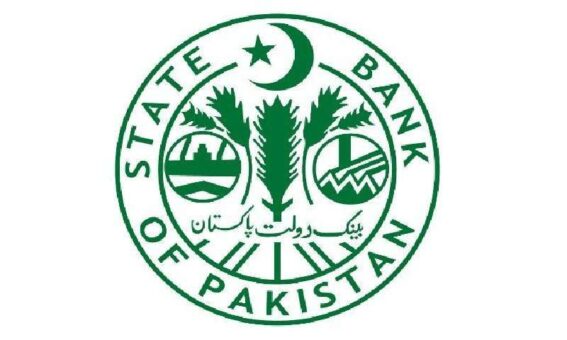Karachi: Private sector credit in May 2023 has fallen into the negative zone for the first time in a decade, according to analysts at JS Global Research.
This decline in credit growth marks a significant shift in the economic landscape, reminiscent of the last occurrence in September 2013.
During May, advances experienced a year-on-year (YoY) growth of 12%, amounting to Rs12,072 billion. However, the pace of growth has been steadily decreasing, reaching a 21-month low. Consequently, the average deposit ratio (ADR) has declined from 53% at the end of CY22 to the current level of 50%.
READ MORE: Time is Running Out: Last 15 Days to Redeem Bearer Prize Bonds
To address the situation, the government waived the applicability of higher taxes on income from government securities, which were linked to ADR levels, for CY23. This measure aimed to stimulate private sector credit growth. However, asset quality remained stable, with reported provisions stock standing at Rs703 billion. Although there was no significant accretion during the month, provisions increased by Rs7 billion (2%) since the beginning of CY23.
During the same period, investments continued to grow at a robust pace of 29% YoY, driven by increased participation in auctions of government securities. This trend has outpaced the scheduled maturities of investments in the same period. Consequently, the banking sector witnessed a 42% YoY increase in net government budgetary borrowings, while borrowings from the State Bank of Pakistan (SBP) decreased by 18% YoY.
READ MORE: Pakistan Aims to Generate Rs870 Billion from Petroleum Levy in 2023-24
As a result, the Investment to deposit ratio (IDR) remained elevated at 83%. The substantial growth in investments was further supported by a 44% YoY increase in borrowing levels, which exceeded Rs9,000 billion. These higher borrowings played a vital role in supporting asset growth, maintaining a pace of over 20% YoY.
According to the latest data released by the State Bank of Pakistan (SBP), total deposits in May 2023 recorded a YoY growth of 15%, amounting to Rs24.39 trillion. This growth rate aligns with the recent average, showing no significant deviation. However, deposits experienced a 4% month-on-month (MoM) increase, surpassing the recent trend. The deposits collected in May alone exceeded the cumulative deposits collected in the preceding seven months. Additionally, the broad money supply (M2) saw a similar upward trajectory, growing at a rate of 14% YoY in May 2023. This growth was primarily driven by a 21% YoY increase in net domestic assets (NDA), despite a substantial decline in negative net foreign assets (NFA) during the same period.
READ MORE: Senate Committee Reviews Customs Duty Proposals in Finance Bill 2023
The decline of private sector credit into negative territory raises concerns about the economic outlook and may require concerted efforts from the government and financial institutions to stimulate credit growth. The stability in asset quality and the overall growth in investments and deposits provide some positive indicators, but a reversal of the negative credit trend will be crucial for sustained economic growth.
